How to Breed Your Own Zebra Finches
Updated on 04/26/24
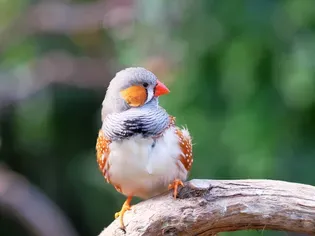
Unveiling the Secrets of Zebra Finch Breeding: A Comprehensive Guide for Success
Introduction
Welcome, fellow bird enthusiasts and aspiring zebra finch breeders! Embarking on the journey of breeding these captivating songbirds can be an incredibly rewarding endeavor. This comprehensive guide will equip you with all the knowledge you need to nurture a thriving zebra finch colony. From nesting essentials to proper nutrition and egg incubation, we'll delver into every aspect of zebra finch breeding.
Chapter 1: The Art of Choosing Breeding Pairs
Selecting suitable breeding stock is the cornerstone of successful zebra finch breeding. Look for pairs that exhibit vibrant colors, ample energy, and an amicable disposition. Avoid birds with physical deformities, signs of illness, or aggressive behavior.
> Example: A male zebra finch with a deep orange beak and intense barring on its flanks; a female with a prominent black cheek patch and a smooth transition from white to chestnut on her breast.
Chapter 2: Nest Box Essentials for Zebra Finches
Providing a cozy and secure nesting environment is crucial for successful breeding. Zebra finches prefer enclosed nest boxes that measure approximately 6 inches in height and 4 inches in width. Ensure the box has a small entrance hole and is lined with soft, absorbent material, such as hay or cotton.
> Example: A rectangular nest box with a diameter of 4 inches and a height of 6 inches, featuring a 1-inch entrance hole and lined with shredded paper towels.
Chapter 3: Nesting Materials: A Cozy Haven for Zebra Finches
In addition to the nest box, provide your zebra finches with an array of nesting materials to stimulate their natural building instincts. This includes soft grasses, twigs, small leaves, and even feathers.
> Example: Soft hay, dried lavender, shredded coconut fibers, and small pieces of twigs varying in size and shape.
Chapter 4: Nutrition for Breeding Zebra Finches
A nutritious diet is essential for the health and vitality of your breeding pairs. Offer a variety of seeds, including canary seed, millet, and safflower seed. Supplement their diet with fresh fruits and vegetables, such as apples, carrots, and kale.
> Example: A daily feeding schedule consisting of 1 tablespoon of canary seed, 1 tablespoon of millet, 1 teaspoon of safflower seed, and a small portion of finely chopped apple and carrot.
Chapter 5: Egg Incubation and Hatchling Care
Zebra finches typically lay one to three eggs every 24-hour period. Eggs should be incubated at a temperature of 99.5°F (37.5°C) for approximately 12-14 days. Once the chicks hatch, provide them with a constant supply of soft, moist food, such as a mixture of hard-boiled egg yolk and crushed seed.
> Example: A brooding female zebra finch carefully incubating her clutch of two eggs; a nest filled with tiny, newly hatched chicks being fed by both parents.
Chapter 6: Weaning Zebra Finch Chicks
At around 21-25 days old, zebra finch chicks will begin to wean themselves from their parents. Encourage their independence by gradually reducing the frequency and amount of hand feeding. Introduce them to a variety of seed and soft food mixes to stimulate their natural foraging instincts.
> Example: A group of young zebra finches perched on a branch, pecking at a pile of canary seed and millet.
Chapter 7: Troubleshooting Common Breeding Issues
Even with careful planning, breeding zebra finches can sometimes present challenges. Common issues include pairs not breeding, eggs not hatching, and chicks not surviving. This chapter provides troubleshooting tips and advice to help you overcome these challenges.
> Example: A discussion on potential causes for eggs not hatching, including insufficient incubation temperature, nutritional deficiencies, and genetic problems.
Chapter 8: The Joy of Breeding Zebra Finches
Breeding zebra finches is a rewarding pursuit that offers countless moments of joy and fulfillment. It allows you to witness the miracle of life firsthand and to contribute to the conservation of these beautiful songbirds.
> Example: A photo essay showcasing the entire breeding process, from the initial pairing of birds to the successful rearing of healthy chicks.
Conclusion
Embarking on the journey of zebra finch breeding is a rewarding venture that requires dedication and knowledge. By following the comprehensive guidance presented in this blog, you'll be well-equipped to provide your zebra finches with optimal care and witness the extraordinary beauty of their breeding cycle. Remember to approach breeding with patience, passion, and the unwavering desire to nurture these captivating creatures.
Explore More Pets
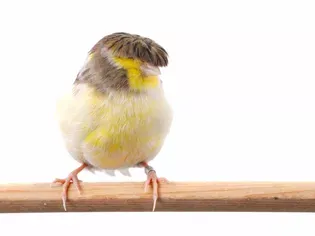
Small Bird Breeds
Gloster Canary: Bird Species Profile
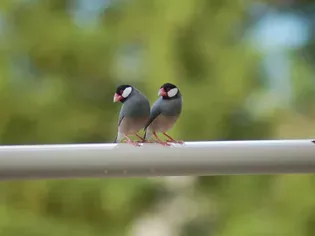
Small Bird Breeds
Java Finch: Bird Species Profile
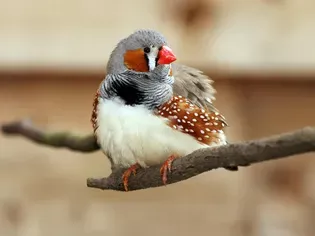
Small Bird Breeds
Zebra Finch (Chestnut-Eared Finch): Bird Species Profile
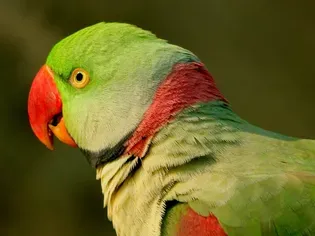
Small Bird Breeds
Alexandrine Parakeet: Species Characteristics & Care
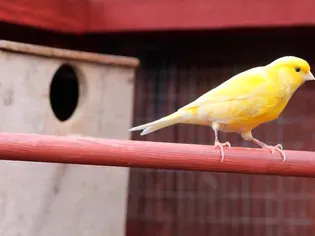
Small Bird Breeds
Canary: Bird Species Profile
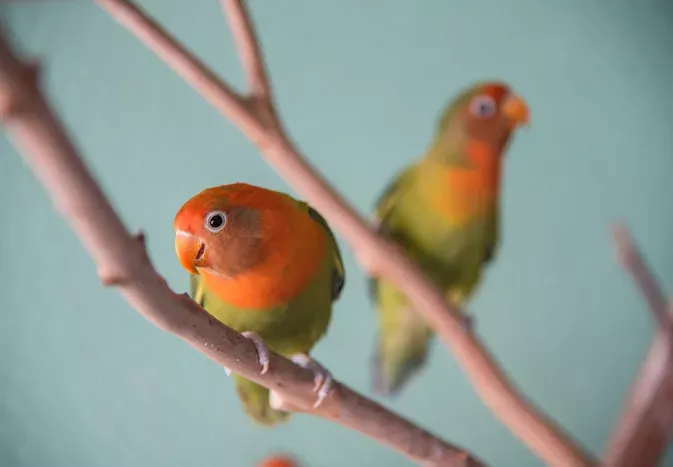
Small Bird Breeds
Lovebird (Pocket Parrot) Species Profile
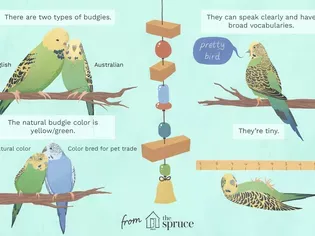
Small Bird Breeds
A Guide to Pet Budgie Birds
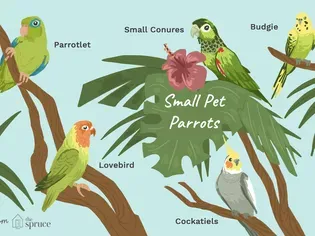
Small Bird Breeds
Types of Small Parrots